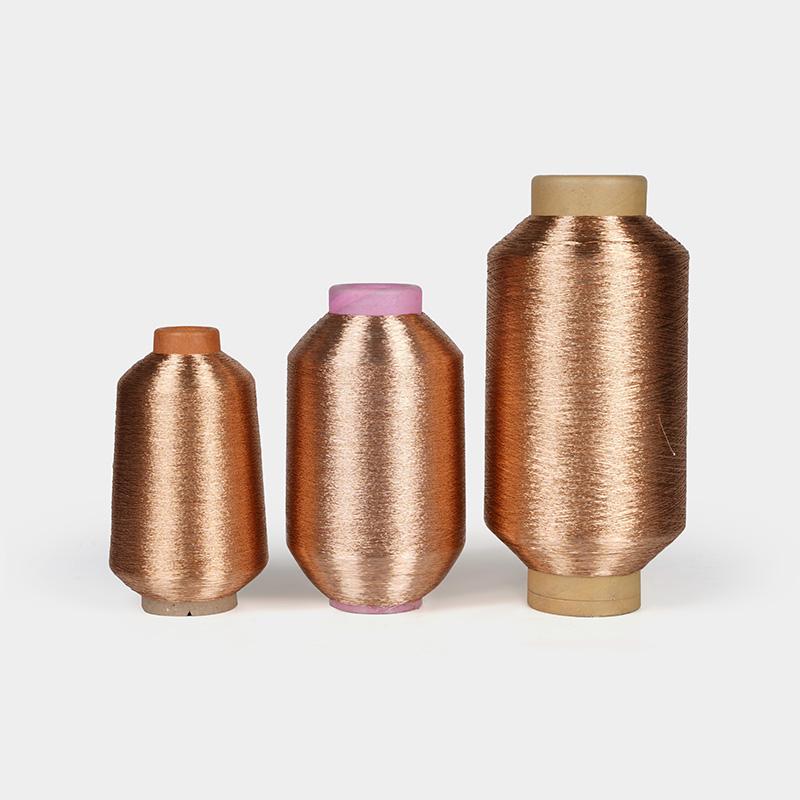While commonly associated with glamorous fashion and crafts, the application of metallic yarn extends far into industrial and technical fields. This specialized material, valued for its conductive and durable properties, is a key component in a variety of functional products that define modern technology. The use of metallic yarn in these sectors highlights its versatility beyond mere decoration, serving critical roles in safety, security, and innovation. The development of advanced metallic yarn is driven by engineering needs, creating solutions that are as practical as they are ingenious. This exploration into the industrial side of metallic yarn reveals a hidden world of utility.
A significant application for conductive metallic yarn is in the realm of smart textiles and wearable technology. When woven into fabric, this yarn can create circuits that transmit data and power. This enables the development of garments that can monitor vital signs like heart rate or body temperature, or even interact with external devices. The flexibility and comfort of fabric integrated with metallic yarn make it a preferable alternative to rigid wiring for wearables. The progression of this technology relies heavily on the continued refinement of durable and highly conductive metallic yarn.
The security industry is another major beneficiary of metallic yarn technology. Many high-value documents, such as currency, passports, and certificates, incorporate fine threads of metallic yarn as a counterfeiting deterrent. These security threads are often woven into the paper and may feature microprinting or be visible only under ultraviolet light. The complexity and cost of replicating these specialized metallic yarn features provide a strong layer of protection against fraud. The reliability of this method ensures that metallic yarn remains a standard in document security worldwide.
Furthermore, metallic yarn finds use in industrial filtration and shielding. Certain types of metal fibers woven into meshes can create filters capable of withstanding high temperatures and corrosive environments. Similarly, fabrics woven with metallic yarn can provide electromagnetic interference (EMI) shielding, protecting sensitive electronic equipment from external radiation or containing emissions from a device itself. These functional applications demonstrate that the value of metallic yarn is rooted not just in its appearance, but in its performance under demanding conditions.
The narrative of metallic yarn is one of dual purpose, spanning the creative and the technical worlds. Its role in industrial applications proves that this material is a workhorse as much as it is a decorative element. From enabling the next generation of wearable tech to safeguarding national currencies, metallic yarn is an integral part of numerous advanced systems. As material science progresses, the functional potential of metallic yarn will continue to grow, solidifying its importance in both innovative industries and everyday security.

